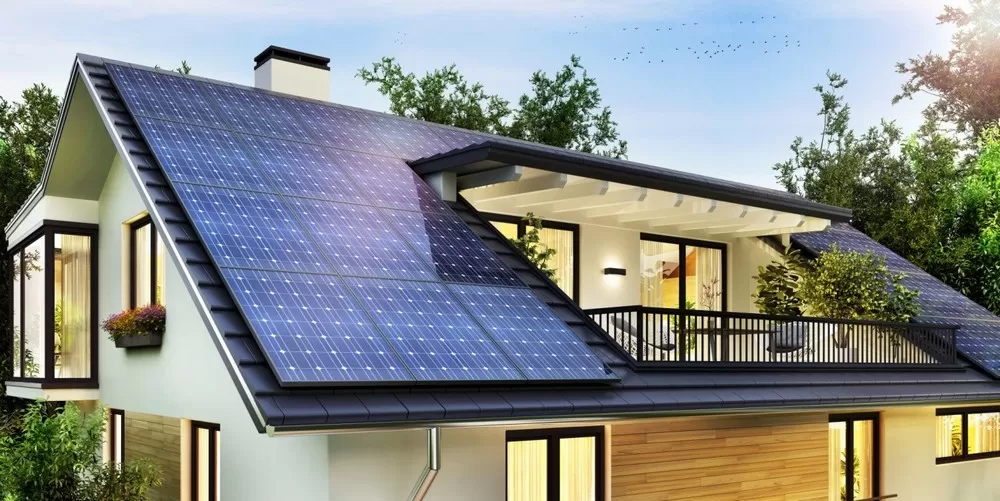Regardless of your roofing type, there are a few things you need to know about the process. The rafters, or roof support trusses, are built in a factory and then transported to the site. The sheathing, or shingles, is a lightweight material such as plywood or OSB. An older home might have tongue and groove sheathing boards. Problem areas include valleys, eaves, and where the roof meets walls, plumbing vents, and other roof components.
Wood roofs are one of the most popular roofing materials. Wooden shingles are beautiful, but they can be expensive and don’t last long. They aren’t ideal if you live in an area with moisture or wildfire risk. However, they are one of the most appealing types of roofing, and many luxury homes have them. The materials used for wood roofs include cedar, redwood, and spruce. Wood shingles are produced by splitting wood.
Asphalt shingles are popular for home roofing. The typical residential architect recommends metal for a roof, but homeowners may want to consider slate, clay, or concrete. Several manufacturers offer energy-efficient and low-maintenance products. While many builders choose basic single-color products, you can also purchase fancy ones that are energy-efficient and qualify for federal tax credits. It all depends on your budget and the type of roof you want. These materials can be costly, so do your homework before you purchase any of them.
Metal roofs are the most expensive roofing materials, so you want to find someone with a reputation for quality and durability. Metal roofs can be made of a variety of different types of metal, so make sure you talk to a roofing contractor about the options before you make a decision. Metal roofs can be prone to rust, and you’ll want a rust-inhibitor coating if you decide to go with the latter.
Tile is an excellent option if you’d like a modern, contemporary look. Ceramic tiles can also be found in a variety of materials, including thermal plastics and coated metals. They are a great option for roofs that match the style of your home and are easy to install. But you should know that many shingle manufacturers require underlayment – which is often #15 asphalt-impregnated builder’s felt, also known as tarpaper. The underlayment will protect your roof from unpredicted rains.
Asphalt roofing is another popular option. It is accepted by builders and has been used in home building for over 100 years. It is relatively affordable as well. A basic three-tab shingle roof can cost as little as $100 or $200 per square foot, which makes it the perfect choice for entry-level housing. It also offers a great deal of insulation. If you’re concerned about the cost, synthetic slate is a great option. While it’s not as attractive as genuine slate, synthetic slate is equally inert and durable.
Wood shingles offer a rustic appearance. Most wood shingles are made of redwood, cedar, or southern pine. However, they are susceptible to rot and split easily, so they may not be the ideal choice for every home. But if you’re considering a rustic, wooden roof, wood shingles may be a great choice. They’re also a great option for Craftsman homes and Cape Cod homes. If you’re looking for an eco-friendly roof, consider using metal shingles. They’ll last for 30 to 50 years and cost less than traditional asphalt shingles.





More Stories
The Economics of Roof Maintenance: Long-Term Cost-Benefit Analysis
Sustainable Roofing Materials: Beyond Traditional Asphalt Shingles
Specialized Roofing for Tiny Homes and Alternative Dwellings: A Guide to Shelter That Fits